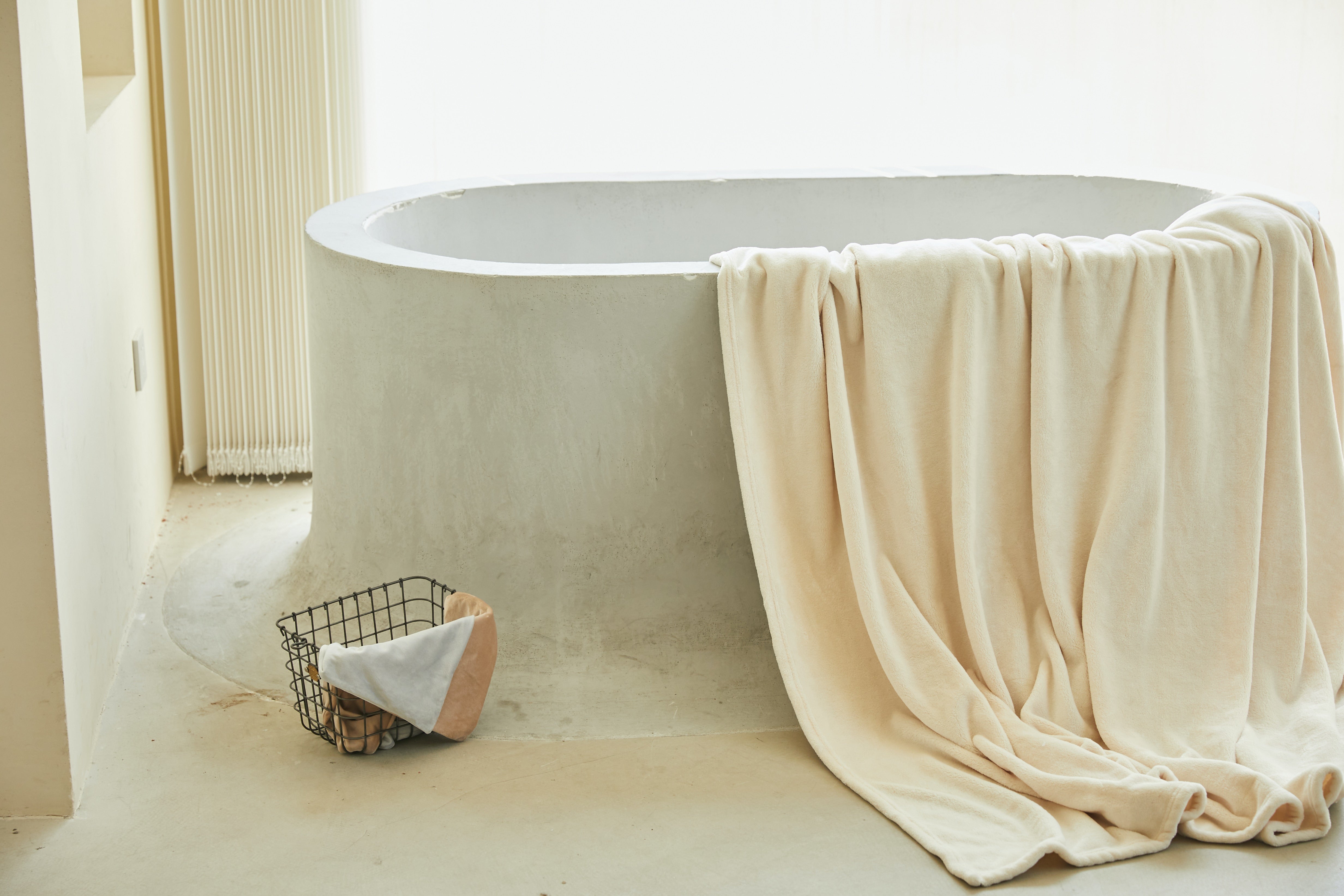In the world of interior design, selecting the right rug size for your living room is crucial to achieving a harmonious and aesthetically pleasing space. A well-chosen rug can tie together your furniture, create visual balance, and add warmth and comfort to your home. However, choosing the perfect rug size can be a daunting task, especially with the variety of options available. This comprehensive guide will walk you through the process of selecting the ideal rug size for your living room, ensuring that your space looks both inviting and well put together.
Understanding Rug Sizes
To begin our journey towards the perfect rug size, let's explore various rug dimensions and their suitability for different living room layouts. Understanding the standard rug sizes will help you make an informed decision:
-
Accent Rugs: These small rugs, typically measuring 60cm x 90cm or 90cm x 150cm, are ideal for adding a pop of colour or texture to specific areas in your living room, such as beneath a coffee table or in front of a fireplace.
-
Runner Rugs: Runner rugs are long and narrow, often measuring 60cm x 180cm or 60cm x 240cm. They are perfect for narrow living rooms or to highlight a hallway or entryway.
-
Area Rugs: These versatile rugs come in various sizes, including approximately 150cm x 210cm, 180cm x 270cm, and 240cm x 300cm. They can be used to define a seating area, anchor your furniture, or cover a significant portion of your living room floor.
-
Room-Size Rugs: For larger living rooms, consider room-size rugs measuring approximately 270cm x 360cm or 300cm x 420cm. These rugs provide ample coverage, allowing all your furniture to fit comfortably on top.
Now, let's delve into the specific considerations for selecting the perfect rug size.
Determining Rug Size for Your Living Room
-
Measure Your Living Room: Begin by measuring your living room's dimensions, including the length and width. Make note of any architectural features, such as alcoves or recessed areas.
-
Furniture Placement: Decide how you want to arrange your furniture. If you plan to place all furniture pieces on the rug, measure the combined length and width of your sofa, chairs, and coffee table. Ensure that there's enough rug space to accommodate them.
-
Leave Some Space: For a balanced look, leave some floor space exposed around the rug's edges, typically 12-18 inches. This frames the rug and creates a well-proportioned appearance.
-
Consider Rug Shape: Depending on your living room's shape, you may opt for square, rectangular, or round rugs. Round rugs work well under circular tables or to soften sharp angles in the room.
-
Traffic Flow: Ensure that the rug doesn't obstruct natural pathways within your living room. People should be able to move around comfortably without tripping on the edges of the rug.
-
Room Purpose: Consider the primary purpose of your living room. If it's a formal space for entertaining, a larger rug that accommodates all furniture is suitable. However, for a more casual setup, you can use smaller rugs to define specific areas within the room.
-
Layering Rugs: Get creative by layering smaller rugs over a larger one. This adds texture and visual interest to your living room while allowing you to mix and match patterns and colours.
FAQs
Q: How do I clean and maintain my living room rug?
A: Regularly vacuum your rug to remove dust and debris. Depending on the material, you may also need professional cleaning services. Use rug pads to prevent slipping and protect your flooring.
Q: Can I use an outdoor rug indoors?
A: Yes, outdoor rugs can be used indoors, but they are best suited for high-traffic areas like entryways or dining spaces. They are typically more durable and easier to clean.
Q: Should the rug match my living room's colour scheme?
A: The rug can complement or contrast with your living room's colour scheme. Both approaches can work, depending on your design goals. A complementary rug ties the room together, while a contrasting rug adds visual interest.
Q: Can I use more than one rug in my living room?
A: Absolutely! Layering rugs can add depth and style to your living room. Just ensure that they complement each other in terms of colour and design.
Q: What's the best material for a living room rug? A: It depends on your lifestyle and preferences. Wool rugs are soft and durable, while synthetic rugs are easier to clean. Natural fibre rugs like jute or sisal add texture and warmth.
Q: Do I need a rug pad? A: Yes, a rug pad provides cushioning, prevents slipping, and extends your rug's lifespan. Be sure to choose one that's appropriate for your flooring type.




